A 2D version of a half-metal—a spin-selective electrical conductor—could aid spin-based electronics.
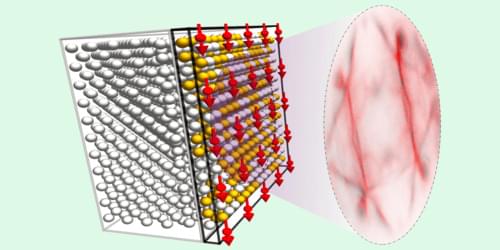


As soon as 2DMs are employed for devices, at some point they have to be grown or transferred onto insulators. A wide range of insulators has already been suggested for the use with 2DMs, starting with the amorphous 3D oxides known from Si technologies (SiO2, HfO2, Al2O3), and expanding to native 2D oxides (MoO3, WO3, Bi2SeO5), layered 2D crystals (hBN, mica) and 3D crystals like fluorides (CaF2, SrF2, MgF2) or perovskites (SrTiO3, BaTiO3). These insulators also contain various defects which can also be detrimental to device stability and reliability. Again, on the other hand, these defects can be exploited for added functionality like resistive switching devices, neuromorphic devices, and sensors.
Finally, 2DMs need to be contacted with metals, which typically introduces defects in the 2DMs which then have a strong impact on the behaviour of the resulting Schottky contacts as they tend to pin the Fermi-level and result in large series resistances.
This collection aims to provide a comprehensive overview of the latest research on defect characterization and control in 2D materials and devices. By bringing together studies that utilize advanced theoretical calculations, such as density functional theory (DFT) and first-principles calculations, as well as experimental techniques like transmission electron microscopy (TEM), scanning tunneling microscopy (STM), X-ray photoemission spectroscopy (XPS), atomic force microscopy (AFM), and various optical spectroscopies, this collection seeks to deepen our understanding of defect formation, propagation, control, and their impact on device performance.

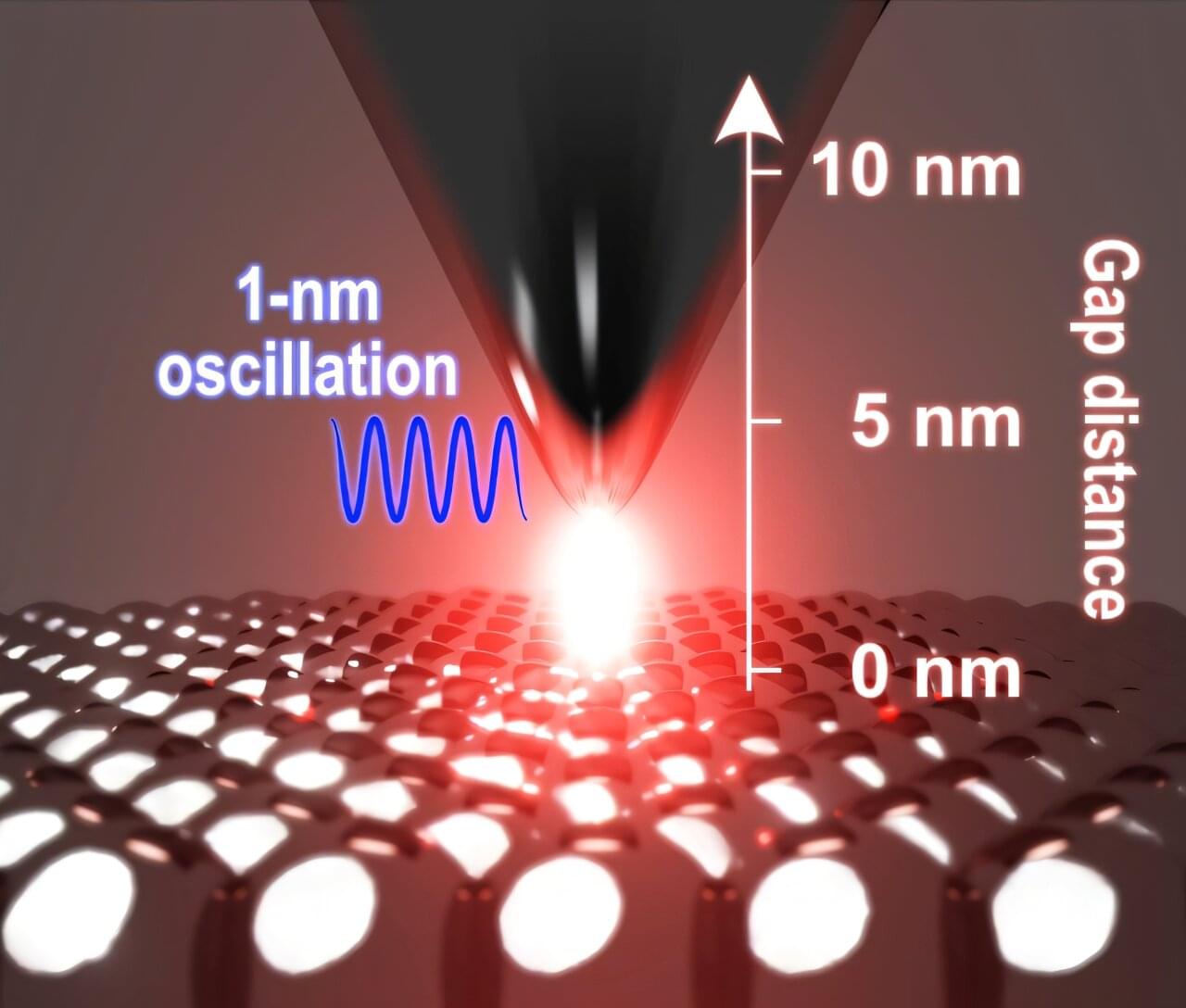
Understanding the interaction between light and matter at the smallest scales (angstrom scale) is essential for advancing technology and materials science. Atomic-scale structures, such as defects in diamonds or molecules in electronic devices, can significantly influence a material’s optical properties and functionality. To explore these tiny structures, we need to extend the capabilities of optical microscopy.
Researchers at the Fritz-Haber Institute of the Max-Planck Society, Germany, and their international collaborators at Institute for Molecular Science/SOKENDAI, Japan and CIC nanoGUNE, Spain have developed an approach to scattering-type scanning near-field optical microscopy (s-SNOM) that achieves a spatial resolution of 1 nanometer. This technique, termed as ultralow tip oscillation amplitude s-SNOM (ULA-SNOM), combines advanced microscopy methods to visualize materials at the atomic level.
The work is published in the journal Science Advances.
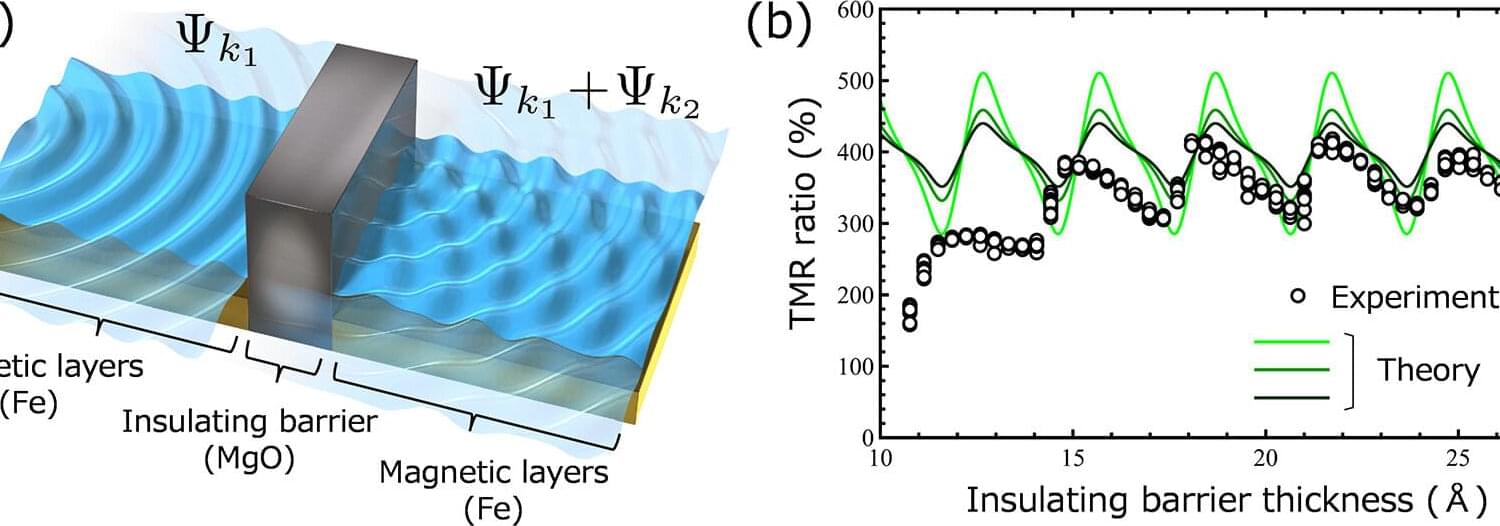
Researchers have developed a new theory that explains why tunnel magnetoresistance (TMR)—used in magnetic memory and other technologies—oscillates with changes in the thickness of the insulating barrier within a magnetic tunnel junction (MTJ). This oscillation was clearly observed when NIMS recently recorded the world’s highest TMR ratio. Understanding the mechanisms behind this phenomenon is expected to significantly aid in further increasing TMR ratios.
This research is published as a letter article in Physical Review B.
The TMR effect is a phenomenon observed in thin-film structures called magnetic tunnel junctions (MTJs). It refers to changes in electrical resistance depending on the relative alignment of magnetizations in two magnetic layers (i.e., parallel or antiparallel alignment) separated by an insulating barrier. It is desirable to develop MTJs with larger TMR effects—reflected in higher TMR ratios—in order to expand their potential applications, including improvement of magnetic sensor sensitivity and expansion of magnetic memory capacity.

The Europeans, for instance, have a bucket full of plans in place in this field. One of them is called the PLAnetary Transits and Oscillations (PLATO) space telescope, and it’s scheduled for launch in 2026 with the stated goal of looking at “terrestrial exoplanets in orbits up to the habitable zone of Sun-like stars. ”
That would be the planets most likely to host life as we know it, located not too far and not too close to their stars to allow water to exist in liquid form, solid enough and with just the right amount of gravity to be life-friendly.
PLATO was first proposed in 2014 in the European Space Agency’s (ESA) Cosmic Vision 2015–25 plan as the third medium class mission. It was first reviewed in 2022, and then it go the thumbs up in the critical design review in 2024, and it’s now being assembled at Orbitale Hochtechnologie Bremen (OHB) in Germany.
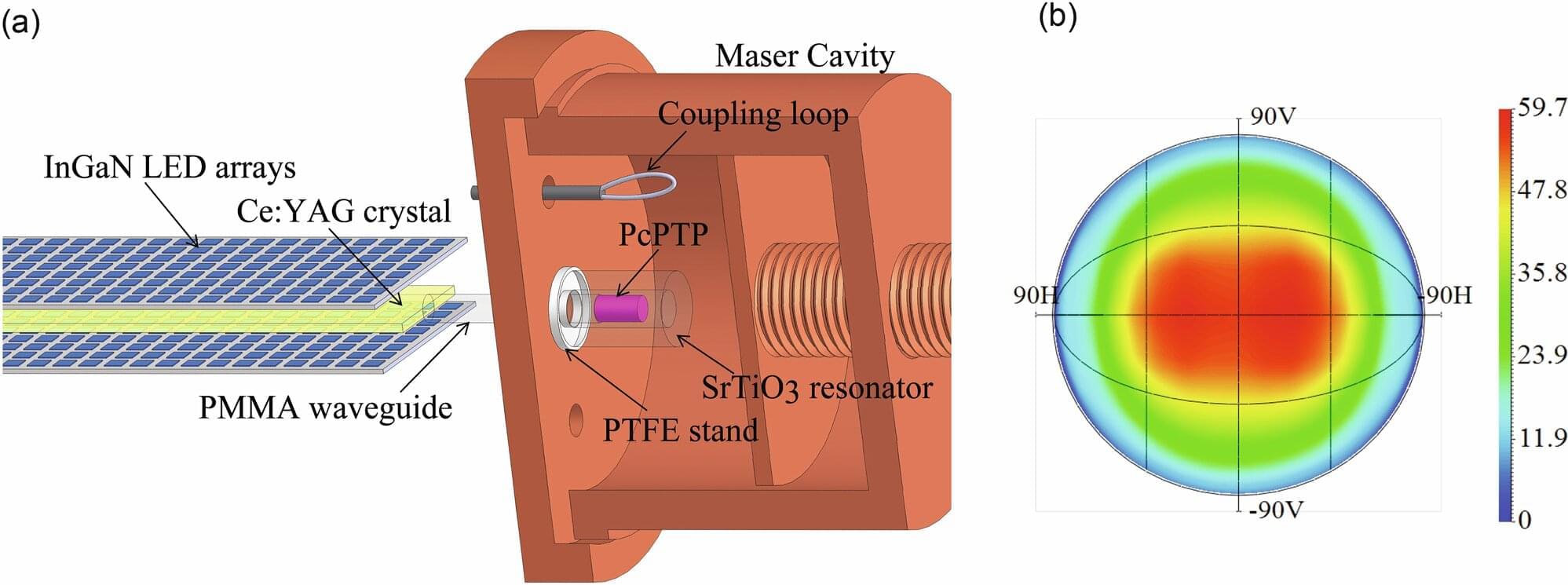
With the ability to detect and amplify extremely weak electromagnetic signals without adding additional noise, masers have many potential uses, including the production of more sensitive magnetic resonance body scanners, such as those used in airports.
Despite their discovery in the 1950s, there has been little development of the technology since then due to the complex and expensive conditions required to make them—masers are only able to be produced in very cold conditions, while also within a vacuum and a high magnetic field.
Northumbria’s Dr. Juna Sathian is one of the U.K.’s leading experts in maser technology and has previously worked with colleagues at Imperial College London and University College London to develop a room-temperature maser which works using laser light. However, this method is expensive and difficult to replicate in everyday applications.

Some of the other tools downloaded onto the systems include an ELF binary named atm from an external server (“195.123.240[.]233:443”) and a Golang port scanner called TXPortMap to map out the internal network and identify potential exploitation targets.
“TGR-CRI-0045 uses a simplistic approach to ViewState exploitation, loading a single, stateless assembly directly,” the researchers noted. “Each command execution requires re-exploitation and re-uploading the assembly (e.g., running the file upload assembly multiple times).”
“Exploiting ASP.NET View State deserialization vulnerabilities via exposed Machine Keys allows minimal on-disk presence and enables long-term access. The group’s opportunistic targeting and ongoing tool development highlight the need for organizations to prioritize identifying and remediating compromised Machine Keys.”
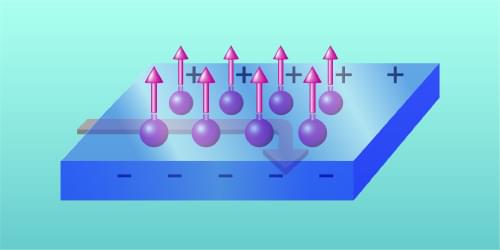
A new symmetry-breaking scenario provides a comprehensive description of magnetic behavior associated with the anomalous Hall effect.
In 1879 Edwin Hall discovered that a flat conductor carrying current, when placed in a magnetic field, will develop a transverse voltage caused by the deflection of charge carriers. Two years later he discovered that the same effect arises in ferromagnets even without an applied magnetic field. Dubbed the anomalous Hall effect (AHE), that phenomenon, alongside the ordinary Hall effect, not only catalyzed the rise of semiconductor physics and solid-state electronics but also laid the groundwork for a revolutionary convergence of topology and condensed-matter physics a century after Hall’s discoveries. Recent experiments, however, have uncovered behavior that cannot be explained with current theories for the AHE.
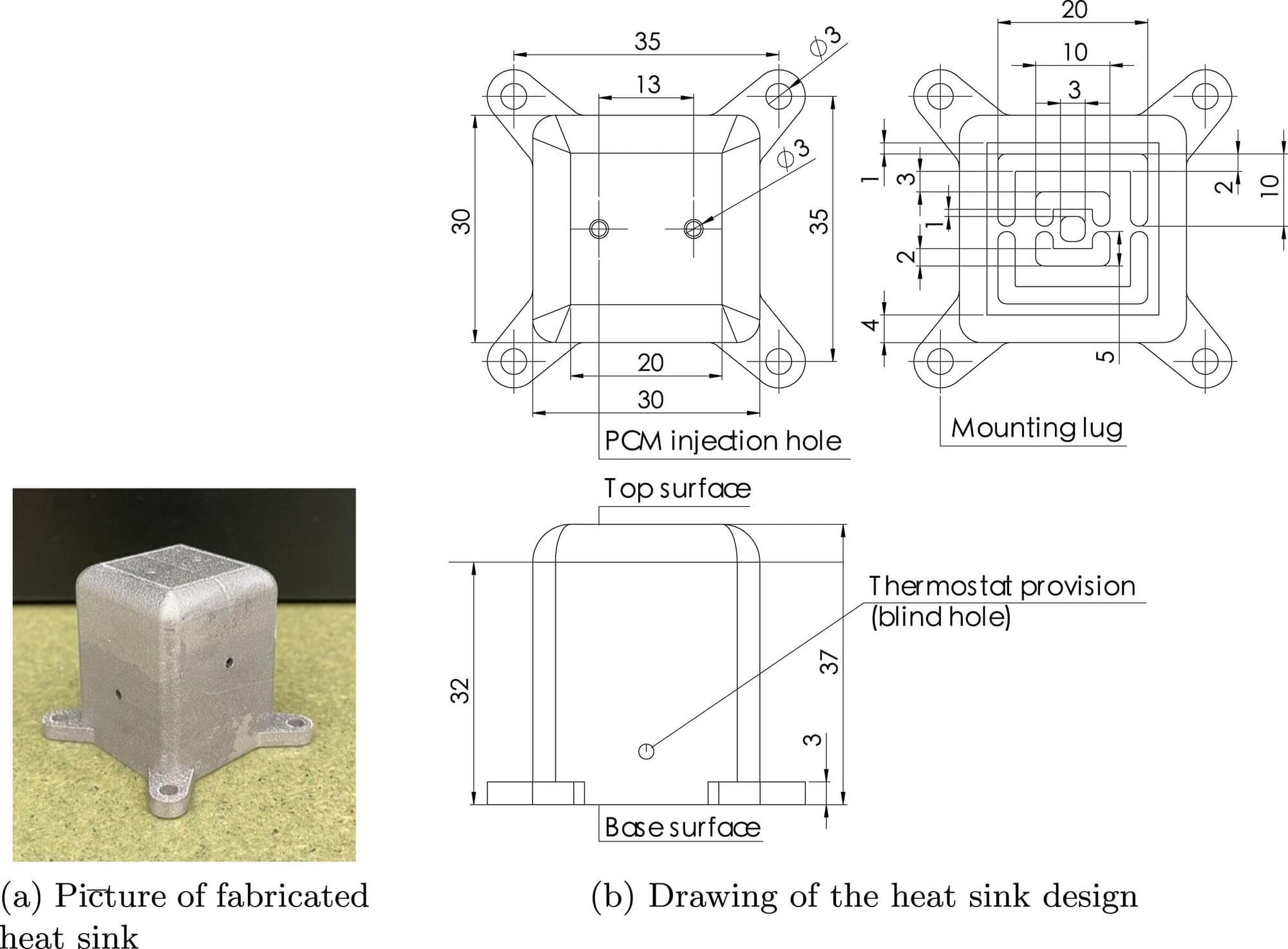
An interdisciplinary research team including mechanical science and engineering professor Mickey Clemon from the Grainger College of Engineering at the University of Illinois Urbana-Champaign is investigating cooling methods for heat sinks by performing experiments onboard a satellite currently orbiting Earth.
“University-sponsored satellites have a very low success rate of making it into space, so we’re very happy that we made it into space and that our system works,” Clemon said.
The team has published the recent findings from their ongoing study, “Investigating the performance of a heat sink for satellite avionics thermal management: From ground-level testing to space-like conditions,” in the International Journal of Heat and Mass Transfer.